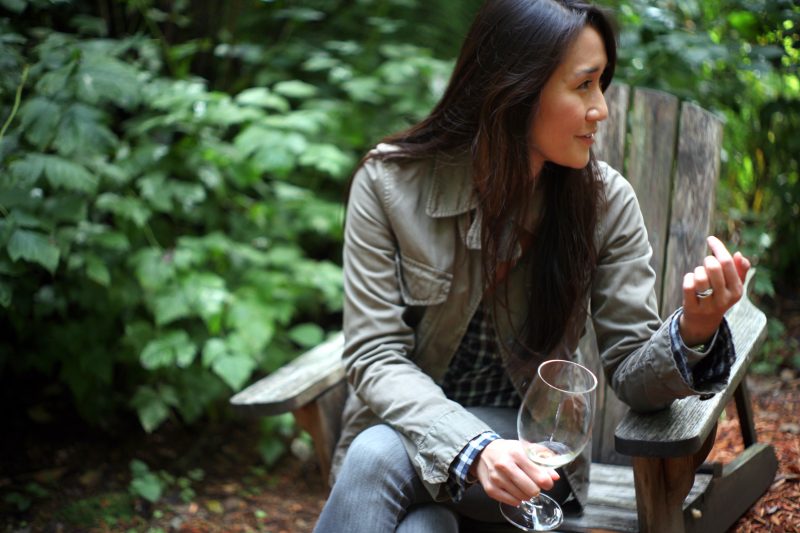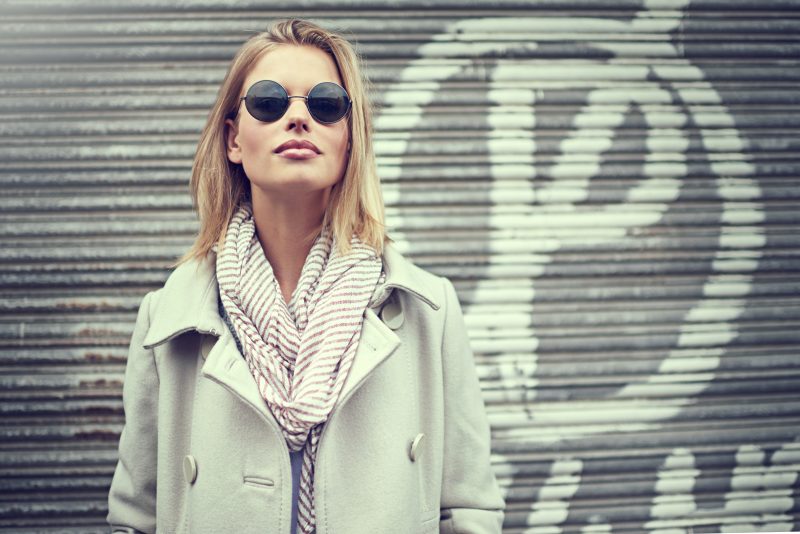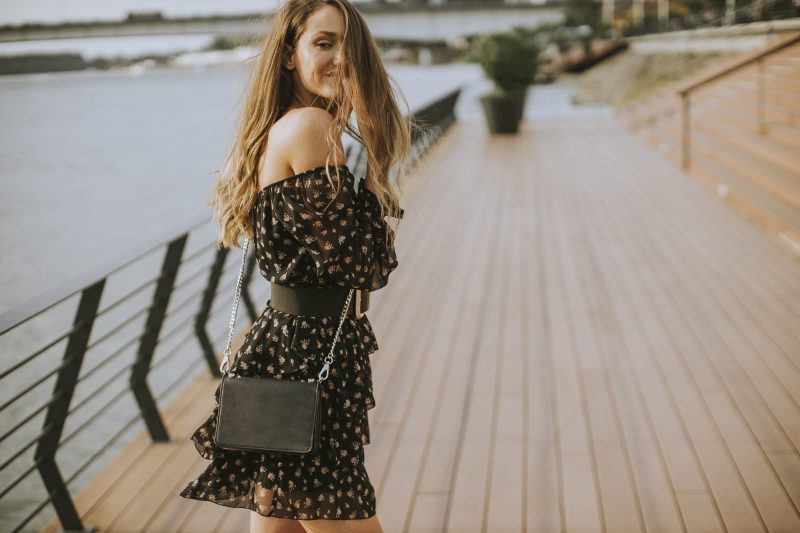My phone buzzed at exactly 7:14 AM last Tuesday with a text from my 19-year-old niece Zoe: “Are you more cottagecore or balletcore?” No “good morning,” no context, just fashion existentialism before I’d even had my coffee. I stared at it for a full minute, mentally cycling through my wardrobe and coming up blank on anything that seemed to fit either category. The last time I wore a tutu was for a Halloween costume in 2011, and while I own several throw pillows with vaguely floral patterns, I’ve never churned butter or raised chickens in my life.
“I’m coffeecore right now,” I texted back, which I thought was pretty clever for pre-caffeine. Zoe replied with the laugh-crying emoji, followed by: “That’s not a thing, but it should be. Sending links to explain.”
Three seconds later, my phone lit up with what appeared to be approximately 47 TikTok videos featuring impossibly young people in various themed outfits, all labeled with some version of “[something]core.” I watched them all while burning my toast and realized that once again, I was behind on a massive fashion shift that had been happening right under my nose.
This happens more than I’d like to admit. For someone who literally gets paid to track fashion trends, I have an embarrassing tendency to miss entire aesthetic movements until they’re practically mainstream.
In my defense, these “cores” multiply faster than rabbits on fertility medication. Back in my day (god, I sound ancient), we had like… five style tribes. Preppy, punk, bohemian, sporty, and whatever was happening at the Gap. Now there are apparently infinite ways to express your personal style, provided you slap “core” on the end of it.
Let me back up for those of you who, like me until very recently, might be core-confused. The whole thing started with normcore around 2014 – that deliberate embrace of the blandly average as a style statement. Think Jerry Seinfeld, but make it fashion. Then came cottagecore, which exploded during the pandemic when we were all fantasizing about escaping to a woodland cottage to make sourdough and forage for mushrooms instead of doom-scrolling through news alerts. Essentially, cottagecore is “what if I dressed like a character in a Studio Ghibli film who makes jam and talks to animals?”
From there, things escalated quickly. Dark academia (moody library vibes), light academia (slightly less moody library vibes), goblincore (embracing the feral and earthy), fairycore (ethereal woodland creature energy), and about seventeen thousand more variations, each with their highly specific visual codes and cultural references.

The algorithmic nature of social media has supercharged this trend fragmentation. TikTok doesn’t just show you what’s trending broadly – it shows you what it thinks YOU will like based on your personal algorithm. This creates these intensely specific micro-trends and aesthetic niches. So while I was watching videos about sustainable denim manufacturing (thrilling stuff, I know), my niece was diving headfirst into balletcore, which is apparently all about leg warmers, wrap sweaters, ballet flats, and a color palette that can only be described as “injured swan.”
After a week of intense research (read: ignoring actual work deadlines to fall down TikTok rabbitholes), I’ve compiled a cheat sheet of the cores currently dominating the internet’s fashion consciousness. Consider this your guide to understanding what the hell people under 25 are talking about when they describe their outfit.
Barbiecore is exactly what it sounds like – a hot pink explosion inspired by our plastic fantastic friend and turbocharged by the Margot Robbie film. Think vibrant pink everything, blonde hair, excessive accessorizing, and an almost aggressive level of femininity. It’s Legally Blonde meets Paris Hilton’s 2000s closet with a modern twist. The irony is not lost on me that the millennials who rejected Barbie as anti-feminist in the ’90s are now the ones dropping $500 on pink Valentino platforms in her honor. Character development, I guess?
Balletcore celebrates all things balletic, but without requiring actual dance skills (thank god). Ballet flats (they’re back with a vengeance, sorry to your arches), wrap sweaters, leg warmers, bodysuits, and lots of pale pink, white, and black. Think less “Black Swan psychodrama” and more “wealthy woman who takes barre classes three times a week.” I tried a balletcore-inspired outfit last weekend and my boyfriend asked if I was on my way to teach a Pilates class, so interpret that feedback as you will.
Then there’s coastal grandmother, popularized by TikToker Lex Nicoleta, which is essentially “what if Nancy Meyers directed your closet?” Linen pants, oversized button-downs, neutral cashmere, straw hats, and a permanent glass of white wine. It’s for people who aspire to own beachfront property in the Hamptons and have strong opinions about heirloom tomatoes. I accidentally dressed coastal grandmother for a work event recently and received three separate compliments, which tells me that perhaps I’ve found my core at last.
For those embracing the academic aesthetic, dark academia is all moody, autumnal vibes – think tweed, argyle, oxford shirts, pleated skirts, and looking like you might recite poetry in a graveyard. Its lighter counterpart, light academia, maintains the scholarly references but swaps the Gothic elements for a softer, more romantic approach – cream sweaters instead of black, pressed khakis instead of wool trousers. Both suggest you’ve read the classics, even if your Goodreads account is actually full of romance novels with shirtless men on the covers (no judgment, that’s literally my reading list).
Cottagecore refuses to die, evolving from its pandemic-era roots to include influences from actual historical periods. It’s less about looking like you might bake a pie and more about appearing as though you could be dropped into any BBC period drama without the costume department needing to make adjustments. Floral prints, puff sleeves, prairie dresses, and an inexplicable desire to own chickens despite living in a studio apartment.
If you’re thinking this all sounds exhausting, you’re not wrong. The speed at which these aesthetics rise and fall makes traditional trend forecasting look glacial by comparison. By the time Vogue is reporting on an aesthetic, TikTok has already declared it cheugy and moved on to something new. The half-life of a “core” appears to be approximately three months, give or take a viral video.
But here’s the thing – as much as I might roll my eyes at the seemingly endless proliferation of hyper-specific aesthetics, there’s something genuinely interesting happening here. These cores aren’t just about clothes; they’re about constructing entire lifestyle fantasies and finding community around shared visual references. They’re mood boards come to life, offering a blueprint for not just what to wear, but what music to listen to, what books to read, what films to watch, and even what activities to pursue.
When I was a teenager figuring out my style identity, I had magazines, movies, and whatever the cool girls at school were wearing. Today’s young people have infinitely fragmented, algorithm-driven inspiration sources that allow for much more specific self-expression. It’s not just “preppy” or “goth” anymore – it’s “dark academia with light cottagecore influences and a touch of 90s minimalism.” It’s both overwhelming and oddly liberating.
For those of us trying to incorporate these aesthetics into our wardrobes without looking like we’re in costume or trying too hard (the cardinal sin of fashion at any age), I’ve developed a few guidelines through trial, error, and several regrettable purchases:
First, identify which core genuinely resonates with your existing style and lifestyle. If you work in corporate finance, full cottagecore might raise some eyebrows, but you could incorporate elements through accessories or weekend wear. Be realistic about your life – balletcore is all fun and games until you’re running for the subway in ballet flats with zero arch support.
Second, start with one or two signature elements rather than diving headfirst into the full aesthetic. For Barbiecore, maybe it’s just a hot pink blazer worn with your usual neutral basics. For coastal grandmother, perhaps it’s high-quality linen pants paired with your regular rotation of tops. Small doses keep things from veering into costume territory.
The accessories are where you can really play without committing too hard. A balletcore ribbon in your hair, a dark academia plaid scarf, or coastal grandmother pearl earrings can reference the aesthetic without screaming “I’ve based my entire personality on a TikTok trend!”

Consider your existing wardrobe before making purchases. The most sustainable and budget-friendly approach is to shop your own closet first. You might already own pieces that work for certain cores – that forgotten cardigan could be perfect for light academia, while the linen shirt you only wear on vacation is peak coastal grandmother.
For the love of all things holy, don’t buy fast fashion versions of these trends. I know it’s tempting when a core catches your eye and you want to experiment without commitment, but those pieces will end up in a landfill faster than TikTok can come up with a new core. If you must try a trend, consider secondhand options or borrowing from friends. My group chat has an ongoing “core clothing swap” where we trade pieces as our aesthetic interests evolve, which is both economical and environmentally friendly.
The most important thing I’ve learned from my deep dive into core culture is that the best approach is to not take any of it too seriously. These aesthetic tribes are meant to be fun, not restrictive new rules to follow. Mix elements from different cores that speak to you, ignore the ones that don’t, and remember that personal style exists on a spectrum, not in rigid categorical boxes.
When I finally replied to my niece with my newly acquired core knowledge, suggesting I might be “coastal grandmother with dark academia tendencies for fall,” she seemed genuinely impressed. “That tracks,” she texted back, which I think is Gen Z for “I approve.” She then sent a mirror selfie of her outfit that somehow combined elements of balletcore, Y2K, and what appeared to be anime influences, with the caption “Trying something new today.”
That’s the beauty of this whole core phenomenon – it’s less about rigid rules and more about creative expression and finding your people.
So whether you’re team Barbiecore or firmly in the coastal grandmother camp (or, like me, a chaotic mix of whatever happens to be clean that day), there’s room for everyone in this strange new landscape of hyper-specific aesthetics.
Just please, for the love of god, don’t ask me to explain what “weirdcore” is. There are limits to my research commitment, and that one looked genuinely disturbing.



